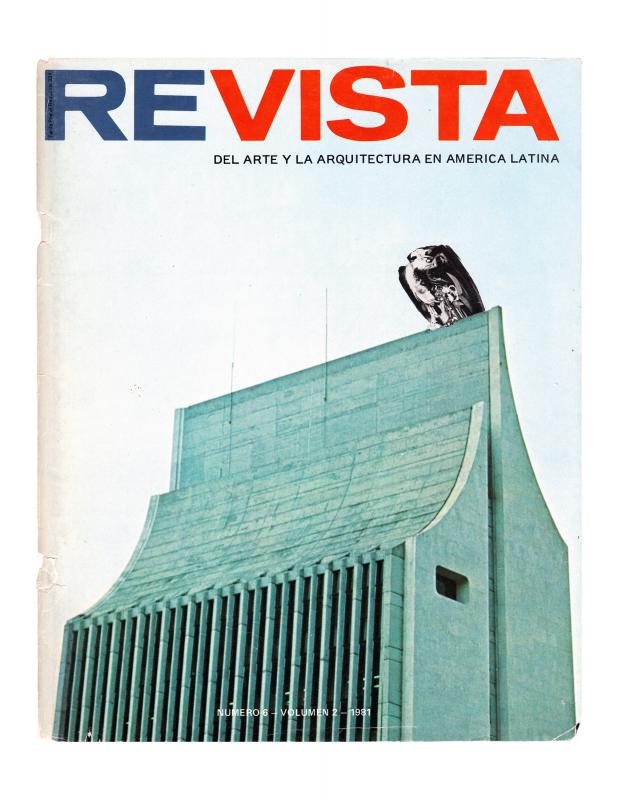This article forms part of the debates on the pertinence, usefulness, and benefits that art biennials held in Latin America bring to the region’s art scene. It was published in the Revista del Arte y la Arquitectura de América Latina, which formulated a debate that revolved around the IV edition of the Bienal de Arte de Coltejer in Medellín (1968, 1970, 1972, and 1981), still underway at the time, and the Primer Coloquio Latinoamericano de Arte No-Objetual [First Colloquium on Non-Objectual Art], an event coordinated by the magazine’s director Alberto Sierra and by some members of the board of the Museo de Arte de Moderno of Medellín.
The critics who participated in the colloquium included Aracy [Abreu] Amaral (born 1930), a Brazilian curator and critic; art historian and critic Rita Eder, and historian and curator Alfonso Castrillón (both of whom are Mexican); Chile-based French critic and essayist Nelly Richard; Mexican-based Peruvian critic Juan Acha; and Colombian Eduardo Serrano. Only the last two participated in the event. Amaral openly opposed the decision to bring an end to the Bienal Latinoamericana de São Paulo, a decision that, in her view, attested to the critics’ lack of confidence in the intrinsic value of Latin American art and to the cultural dependency of Latin America on hegemonic centers of power and legitimacy. It is not a coincidence that the Primer Coloquio Latinoamericano de Arte No-Objetual in Medellín took place immediately after this decisive event in São Paulo.
In her article, Amaral suggests that the Fundação da Bienal de São Paulo’s Board of Directors not only manipulated the discussion subtly by means of the questions put before the critics, but also failed to engage proposals that would have allowed the event to survive, for instance the idea of turning it into a triennial or quadrennial. In the face of this attitude, the critics ended up supporting the traditional São Paulo Biennial with an emphasis on Latin American art.
This text contains the positions of the various Latin American critics who attended the meeting, as well as some who were not present but who sent in their opinions—among them, Marta Traba (1923–1983). On the basis of the quotations provided by Amaral, the positions of the critics at that meeting can be placed into two groups. First, those who supported the Bienal Latinoamericana, which would allow for mutual recognition of artists from the region and their cultural milieu, without needing the approval of international centers, thus encouraging regional integration. Second, those who did not believe an exhibition of Latin American art would be useful if it failed to engage art formulated in hegemonic centers.
This article is related to “Las Bienales de América Latina Hoy” by Juan Acha [see doc. no. 1079465].

